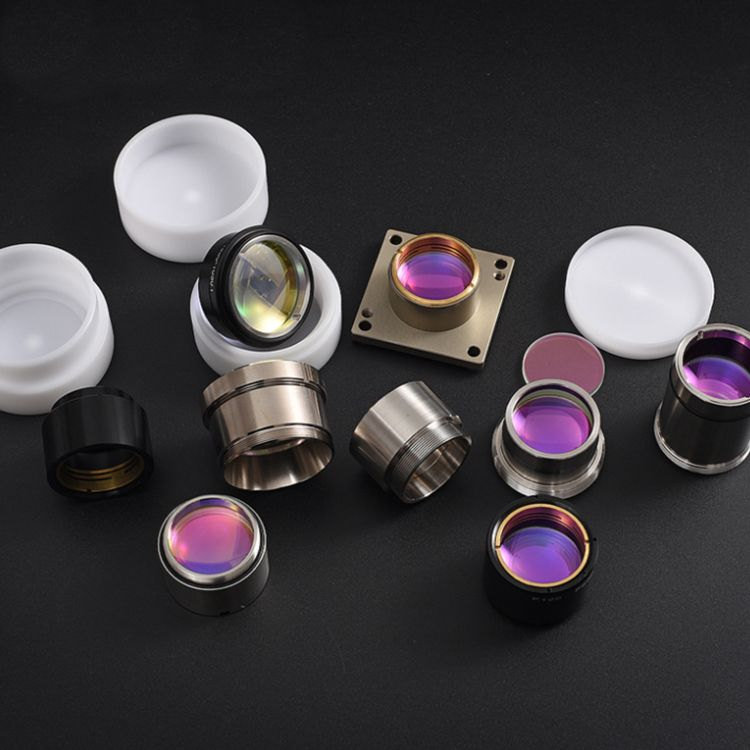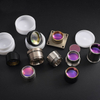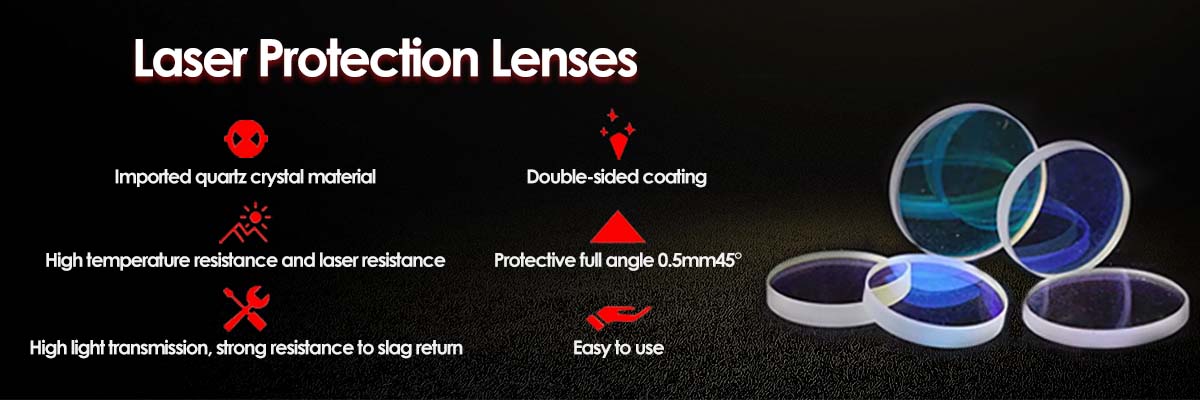Laser focusing lenses are particularly important for their maintenance and care due to their importance in laser processing and applications. Proper cleaning, storage, and regular inspection and replacement can greatly extend the service life of the lens and ensure the efficient performance of the laser system.
1. Cleaning method
● Steps to safely clean the lens:
Use appropriate tools:
Use a microfiber cloth (lint-free cloth) or a dedicated optical cleaning cloth, and avoid using ordinary paper towels or clothing to prevent scratching the lens surface.
When cleaning, you can use an air blower to gently blow away dust and particles on the surface of the lens, and avoid direct contact with the lens with your hands.
Choose a cleaning solution:
If necessary, you can choose a dedicated optical cleaning solution and avoid using cleaners containing alcohol or other corrosive chemicals.
Cleaning steps:
Gently dip the microfiber cloth into the cleaning solution (never soak the entire lens).
Use a gentle spiral motion to clean from the center of the lens to the outer edge, avoiding rubbing back and forth to reduce the risk of scratches.
If there are stubborn stains on the lens, gently repeat the above steps until the stains are removed.
Drying:
After cleaning, make sure the lens is dried naturally, and avoid using heat or fans to accelerate drying.
2. Storage conditions
● Recommended storage method:
Specialized lens box:
Place the lens in a dedicated optical lens box to avoid direct exposure to the air to reduce the possibility of dust and scratches.
Avoid humidity:
The storage environment should be dry and avoid high humidity to prevent mold or corrosion.
Temperature control:
Store in a location with moderate temperature and avoid extreme temperatures to ensure the stability of the material.
Horizontal storage:
The lens should be placed horizontally, not vertically, to avoid deformation or sliding of the lens due to gravity and scratches.
3. Necessity of regular inspection and replacement
● Regular inspection:
Inspection frequency:
Depending on the actual frequency of use, it is recommended to inspect the lens monthly or before each use. If it is used intensively, the inspection frequency needs to be increased.
Inspection items:
Check whether the lens has scratches, cracks or other damage.
Check whether the optical coating has peeling or discoloration.
● Necessity of replacement:
Obvious damage:
Once obvious scratches, stains that cannot be removed or coating damage are found on the surface of the lens, it should be replaced in time.
Performance impact:
If the processing quality is found to be degraded, such as unclear focus, beam scattering, etc., it may be that the lens has reached the end of its service life and should be replaced.
Through effective maintenance and care, the service life of the laser focusing lens can be maximized and the performance of the laser system can be guaranteed to be stable during operation. Proper cleaning, storage and regular inspection are the key to ensure that the laser lens can remain in good condition for a long time.






























